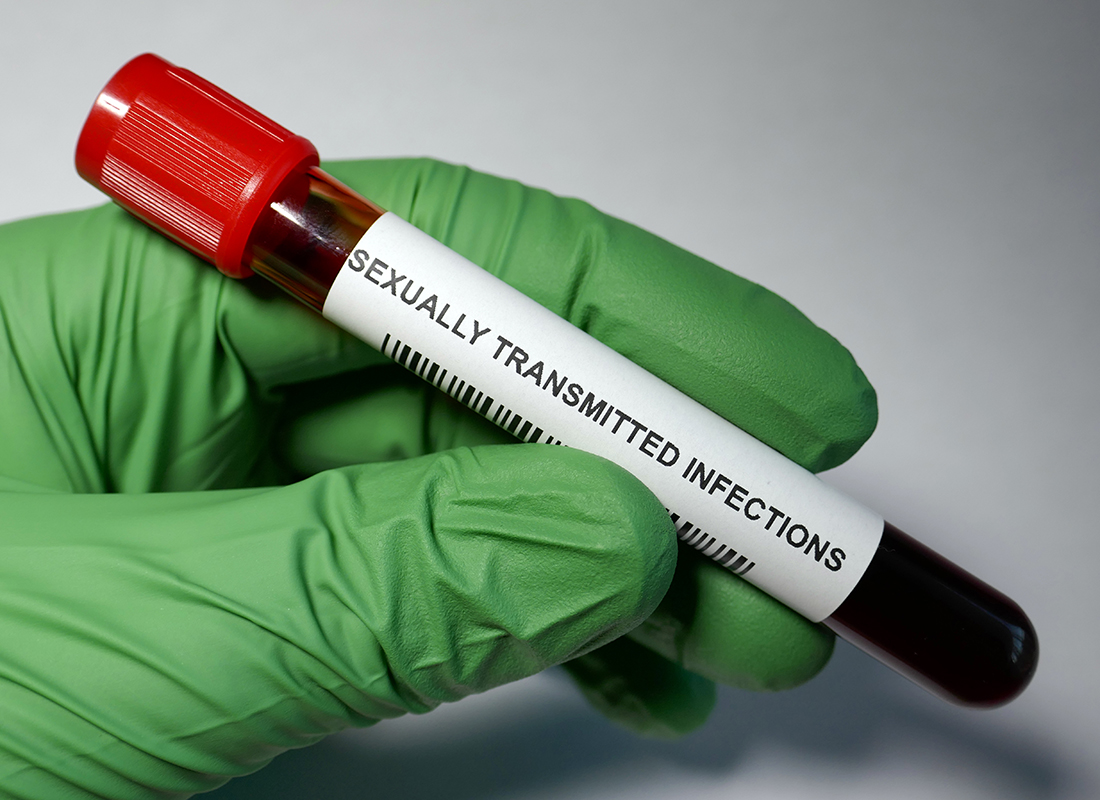CDC Calls Continued Rise in Cases of STIs “Alarming”
Health inequities and disrupted STI testing and care during the pandemic continued to contribute to a rise in cases in 2021.

Subscribe to Clinical Diagnostics Insider to view
Start a Free Trial for immediate access to this article